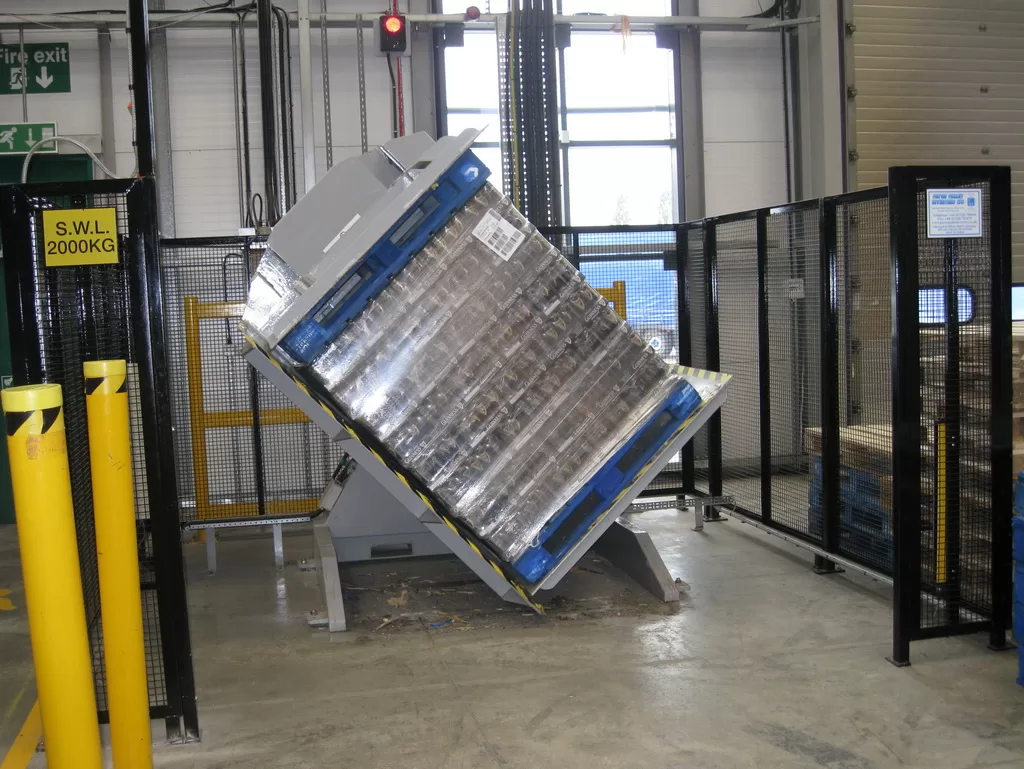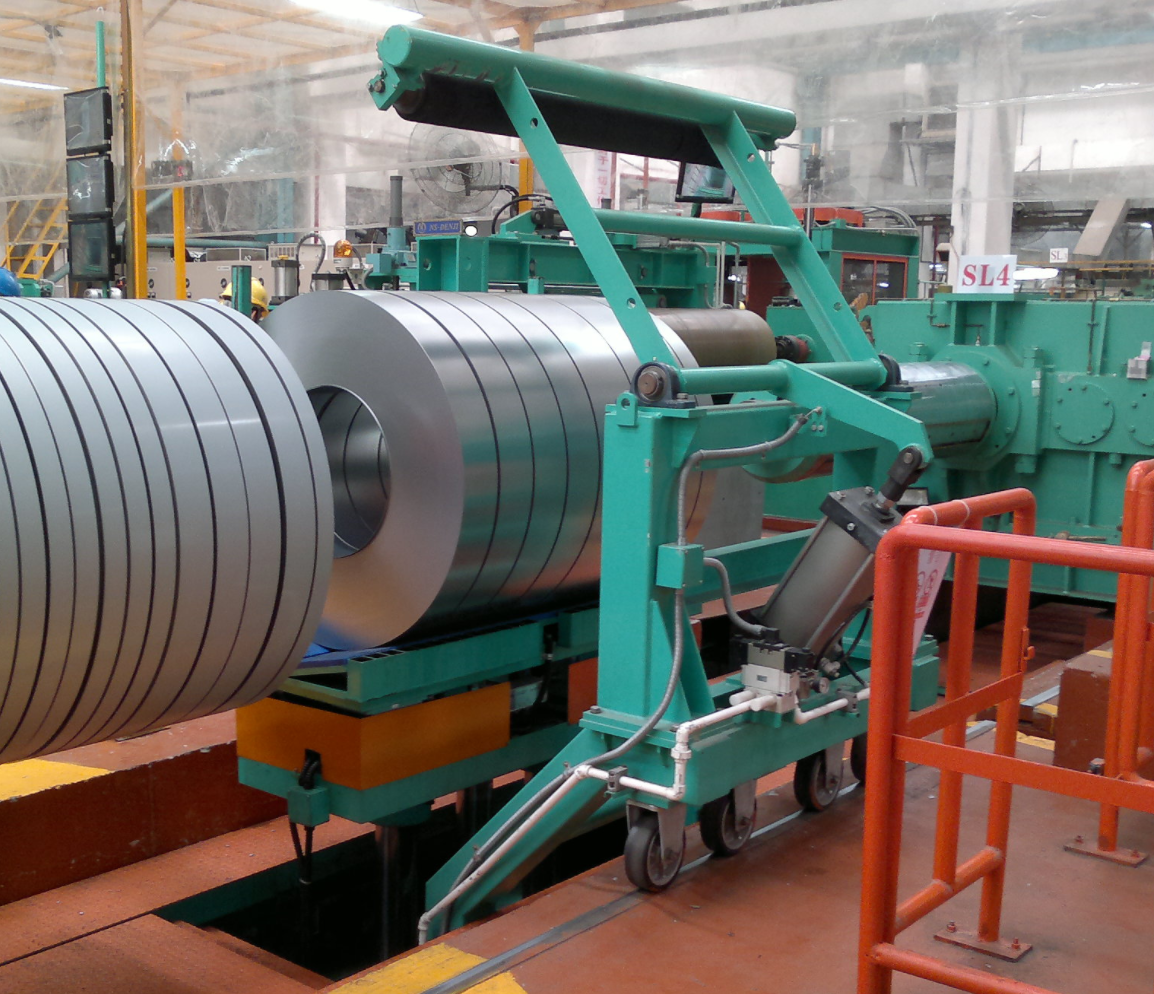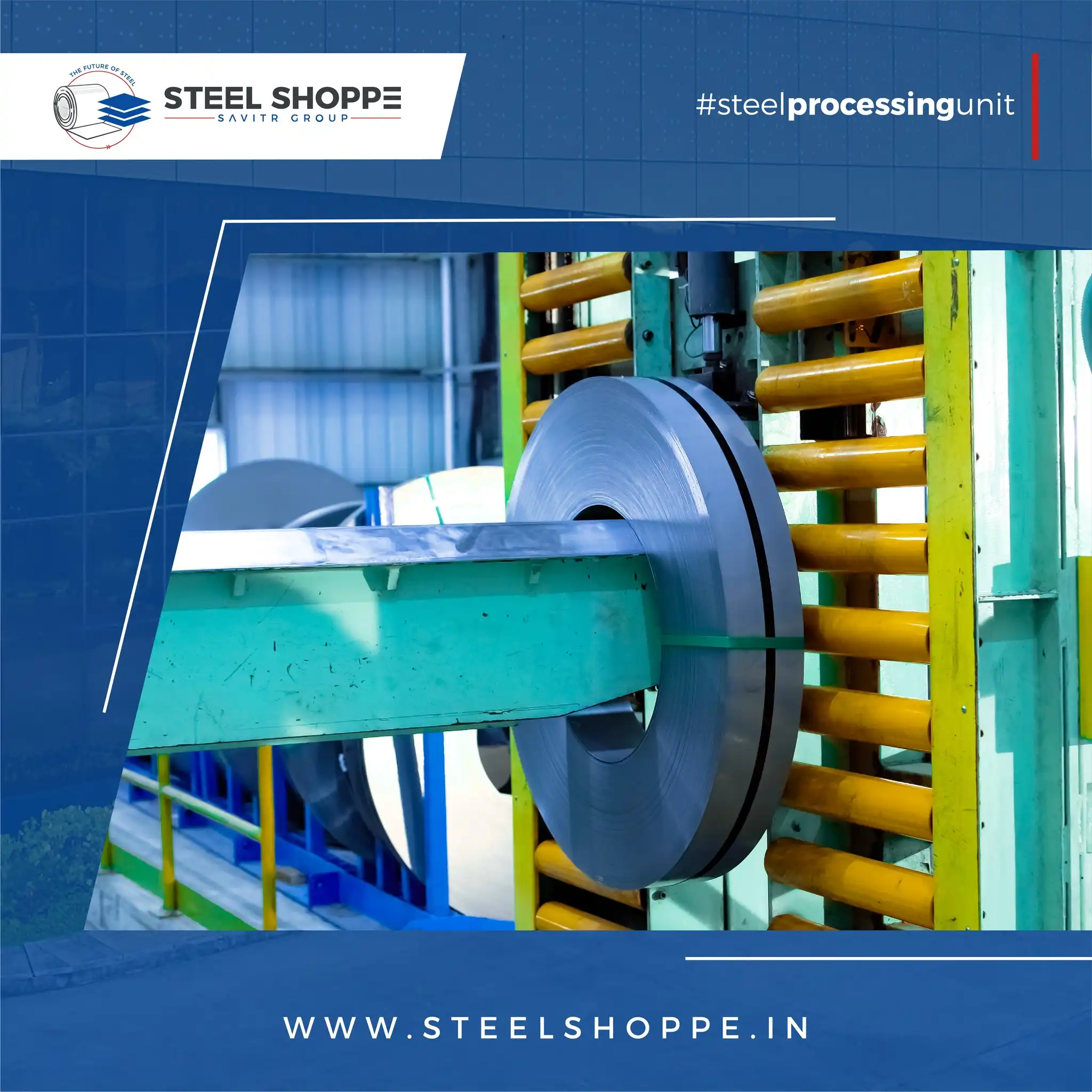Are you struggling to find effective packing solutions for your hose coils? Improper packaging can lead to damage, increased costs, and inefficiencies in your operations. Finding the right method is crucial to ensure the safety and integrity of your products during storage and transportation.
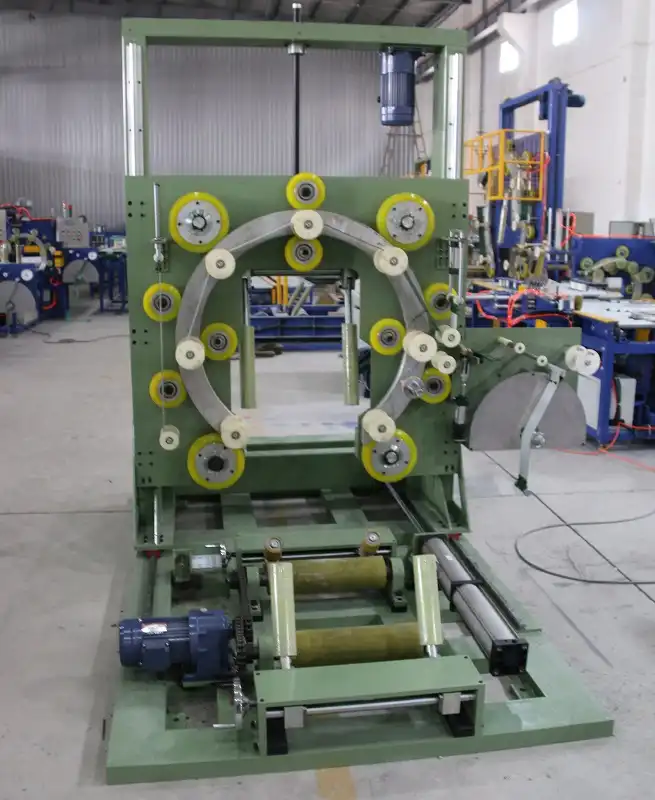
Effective packing solutions for hose coils include using specialized machines like the Hose coil wrapping machine and the hose coil winding machine. These tools ensure secure packaging, reduce material costs, and enhance handling efficiency, making them essential for businesses looking to optimize their packaging processes.
Choosing the right packing solution is just the beginning. Let’s delve deeper into the various techniques and how they can transform your packaging operations.
1. What are the Common Hose Coil Wrapping Techniques?
Packaging hose coils efficiently requires understanding the different wrapping techniques available. Each method has its advantages and is suited to specific types of coils and packaging needs. Selecting the right technique can significantly impact the durability and handling of your products.
Common hose coil wrapping techniques include manual wrapping, semi-automatic wrapping, and fully automated wrapping using advanced machinery like the hose coil wrapping machine. These methods offer varying levels of efficiency, cost-effectiveness, and protection, allowing businesses to choose the best fit for their operations.
Exploring the Wrapping Techniques
To fully grasp the benefits and applications of each wrapping technique, it’s essential to consider various factors such as coil size, handling requirements, and production volume. Below is a structured overview:
| Wrapping Technique | Description | Advantages | Best Suited For |
|---|---|---|---|
| Manual Wrapping | Hand-wrap coils using materials like plastic or metal straps. | Low initial investment, flexibility in handling | Small-scale operations, varied coil sizes |
| Semi-Automatic Wrapping | Combines manual setup with machine assistance for wrapping. | Increased speed, reduced labor costs | Medium production volumes |
| Fully Automated Wrapping | Utilizes machines like hose coil winding machines for complete automation. | High efficiency, consistent quality, minimal labor | Large-scale operations, high-volume production |
Each technique offers unique benefits. Manual wrapping is ideal for operations with limited budgets or lower production volumes. Semi-automatic systems strike a balance between labor requirements and efficiency, providing a scalable solution for growing businesses. Fully automated wrapping machines like those offered by FHOPEPACK are perfect for high-volume operations that demand consistency, speed, and minimal human intervention.
In my experience, transitioning to an automated system not only streamlines the packaging process but also enhances product safety and reduces operational costs. Investing in a Hose coil winding machine can lead to significant improvements in your packaging workflow, ensuring that your hose coils are always packed securely and efficiently. Understanding these techniques allows you to make informed decisions that align with your business goals and operational needs.
2. How Do Hose Coil Wrapping Machines Enhance Packaging Efficiency?
Efficient packaging is crucial for maintaining product integrity and reducing costs. Traditional methods often fall short, leading to delays and increased expenses. Hose coil wrapping machines provide a reliable solution, streamlining the packaging process to ensure consistency and speed.
Hose coil wrapping machines significantly improve packaging efficiency by automating the wrapping process, ensuring uniformity, reducing labor costs, and minimizing material waste. These machines enable faster production rates and enhance overall operational productivity, making them essential for modern packaging needs.
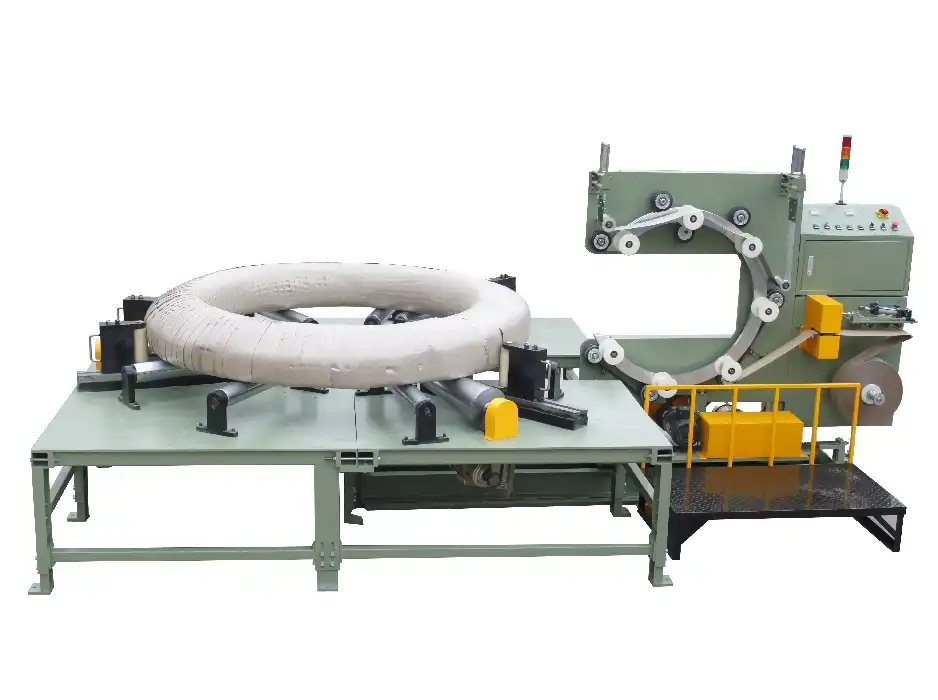
Enhancing Operational Workflow with Automation
Automating the winding and wrapping process offers multiple benefits. By reducing manual intervention, businesses can achieve higher precision and speed.
| Feature | Manual Method | Hose Coil Wrapping Machine |
|---|---|---|
| Speed | Slower, limited by labor | Fast, consistent operation |
| Labor Costs | High, requires skilled workers | Lower, less manual handling |
| Material Waste | Higher due to inconsistencies | Reduced waste through precision |
| Consistency and Quality | Variable, dependent on operator | High, uniform packaging |
Implementing a hose coil wrapping machine transforms the packaging workflow. The automation ensures that each coil is wrapped uniformly, which not only enhances the aesthetic appeal but also provides better protection during transportation. This consistency is crucial for maintaining product quality and reducing return rates. Additionally, the reduction in manual labor translates to lower operational costs and allows employees to focus on more strategic tasks, further boosting productivity.
The precision of these machines minimizes errors, ensuring that each package meets the required standards. This reliability is vital for industries where product integrity is paramount, such as automotive and construction. Furthermore, the ability to handle large volumes efficiently supports scaling operations without compromising on quality.
3. What Factors Should Be Considered When Choosing a Packing Solution?
Selecting the right packing solution is vital for protecting products and ensuring efficient handling. With various options available, making an informed decision can be challenging. Identifying key factors helps in choosing the best packing method for your specific needs.
When choosing a packing solution, consider factors like product dimensions, handling requirements, material compatibility, automation capabilities, and cost-effectiveness. Assessing these elements ensures that the chosen method aligns with your operational goals and delivers optimal performance.
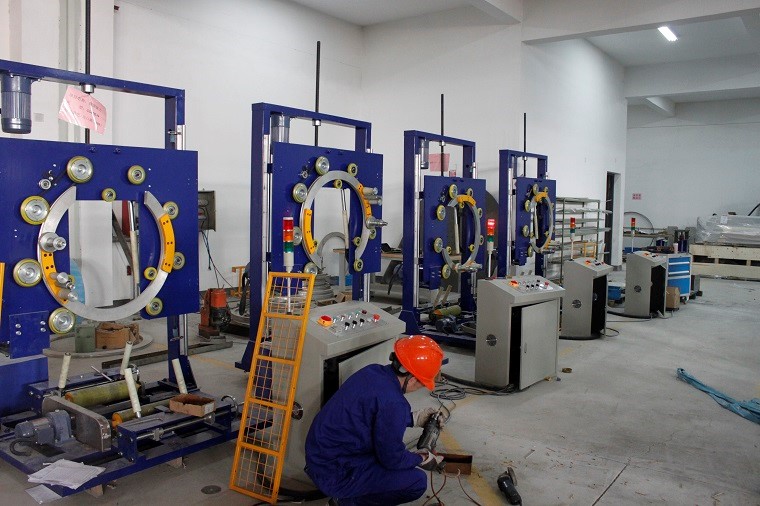
Key Considerations for Optimal Packing Solutions
Evaluating the right packing solution involves multiple aspects that impact both functionality and cost.
| Factor | Importance | Impact on Choice |
|---|---|---|
| Product Dimensions | Determines machine size and wrapping techniques | Ensures proper fit and protection |
| Handling Requirements | Affects safety and ease of transportation | Enhances worker safety and efficiency |
| Material Compatibility | Ensures materials used are suitable for products | Prevents damage and material degradation |
| Automation Capabilities | Influences efficiency and labor costs | Enables scalability and consistency |
| Cost-Effectiveness | Balances upfront investment with long-term savings | Maximizes ROI and operational sustainability |
Start by assessing the dimensions of your products. Accurate measurements are essential to select machinery that can handle the size and shape of your coils. Proper fitting machines prevent overwrapping or underwrapping, which can lead to product damage or increased material usage.
Handling requirements are another critical factor. Consider how the packaged products will be moved, stored, and transported. Machines that facilitate easy lifting and stacking can improve workflow and reduce the risk of accidents. Safety features should also be a priority to protect workers and ensure compliance with industry standards.
Material compatibility ensures that the wrapping materials used are appropriate for your products. Selecting the right materials prevents chemical reactions or physical damage, maintaining the quality of the coils during storage and transit. Additionally, eco-friendly materials can contribute to sustainability goals and appeal to environmentally conscious customers.
Automation capabilities play a significant role in enhancing efficiency. Automated systems can handle larger volumes with greater accuracy, reducing the reliance on manual labor and minimizing errors. This scalability is essential for growing businesses aiming to increase production without compromising quality.
Finally, cost-effectiveness is crucial in balancing the initial investment with long-term benefits. Evaluate the total cost of ownership, including maintenance, energy consumption, and material costs. Choosing a solution that offers the best value ensures sustainability and supports your business’s financial health.
Conclusion
Choosing the right packing solution for hose coils is vital to ensure their protection and facilitate easy handling. By understanding the available techniques and machinery, businesses can optimize their packaging processes, enhance product longevity, and reduce operational costs.

